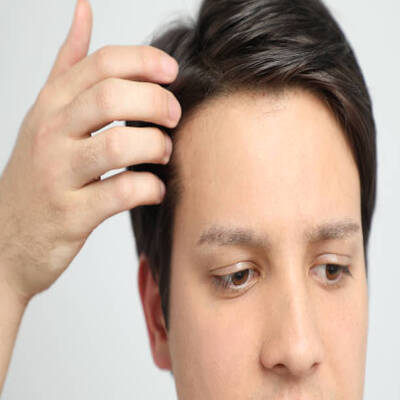
Wearing a wig can be a transformative experience, boosting confidence and allowing individuals to express their unique style. However, like any other accessory, hair wigs in Islamabad have a lifespan, and knowing when to replace them is essential for maintaining a polished and natural look.
In this blog, we’ll delve into the factors that influence the longevity of your hair wig and provide insights on how many months later you should consider a replacement.
Understanding Wig Lifespan:
Various factors, including the quality of the wig, maintenance routine, frequency of use, and environmental conditions, influence the lifespan of a hair wig. Recognizing that not all wigs are created equal is crucial, and high-quality materials and craftsmanship contribute significantly to durability.
Quality Matters:
The type of hair used in a wig plays a pivotal role in determining its lifespan. Human hair wigs, made from genuine human hair, are more durable and versatile than synthetic wigs. However, the quality of the hair, whether virgin or processed, affects how well it withstands styling, washing, and exposure to environmental elements.
Maintenance Routine:
Like natural hair, wigs require regular maintenance to stay in optimal condition. Overwashing, excessive heat styling, and harsh products can shorten the lifespan of your wig. Establishing a proper maintenance routine, including gentle washing, conditioning, and avoiding extreme heat, can significantly extend its longevity.
Frequency of Use:
The more frequently you wear your wig, the faster it will experience wear and tear. If you wear your wig daily, it’s likely to show signs of ageing sooner than a wig worn occasionally. Consider having multiple wigs and rotating them to distribute the wear more evenly.
Environmental Factors:
Environmental conditions, such as exposure to sunlight, humidity, and pollutants, can impact the lifespan of your wig. Prolonged exposure to sunlight may cause colour fading and dryness, while excessive moisture can lead to frizz. Storing your wig correctly when not in use and protecting it from extreme conditions can help preserve its quality.
When to Replace Your Wig?
Now that we’ve covered the factors influencing wig lifespan let’s discuss the timeline for replacement. While there isn’t a one-size-fits-all answer, several indicators suggest it might be time to consider a new wig:
Visible Wear and Tear:
Inspect your wig regularly for signs of wear and tear. If you notice frayed strands, split ends, or a significant decrease in overall hair quality, the wig is reaching the end of its lifespan.
Changes in Appearance:
Over time, wigs may lose their original shape and style. If your wig no longer maintains its intended look, even after styling and maintenance efforts, it might be time for a replacement. An unnatural appearance can draw attention, undermining the confidence a wig is meant to provide.
Unmanageable Tangling:
While some tangling is normal, excessive tangling that persists despite proper care may signal that the wig fibres are becoming fragile and prone to breakage. If detangling becomes increasingly complex, it may be a sign that the wig has reached its limit.
Loss of Elasticity:
The elasticity of the wig cap is essential for a secure and comfortable fit. If you notice that the cap has lost its stretch and no longer fits snugly, it indicates that the wig has aged and may not provide the desired comfort and stability.
The Bottom Line!
In the journey of wig ownership, understanding when to replace your wig is vital for maintaining a polished and natural look. The lifespan of a wig is influenced by factors such as quality, maintenance routine, frequency of use, and environmental conditions. Regular inspection for signs of wear and tear, changes in appearance, unmanageable tangling, and loss of elasticity can help you determine when to invest in a new wig.
Investing in a high-quality wig at SKN Cosmetic Clinic Islamabad and establishing a diligent maintenance routine will contribute to a longer lifespan. By staying attuned to the condition of your wig and addressing issues promptly, you can enjoy the transformative benefits of wigs for months to come.









